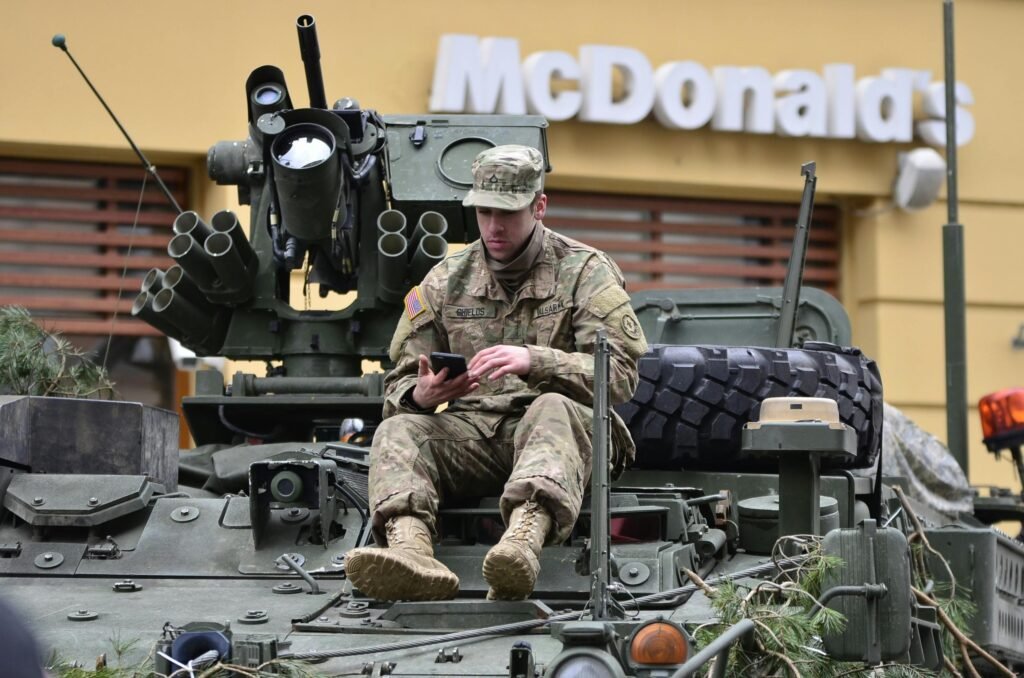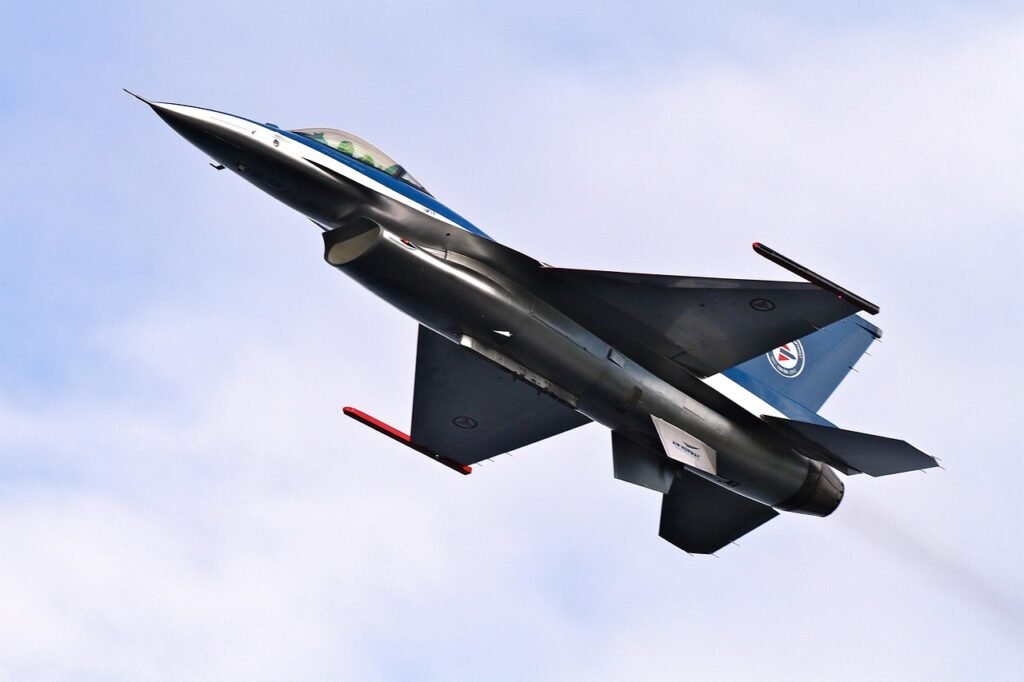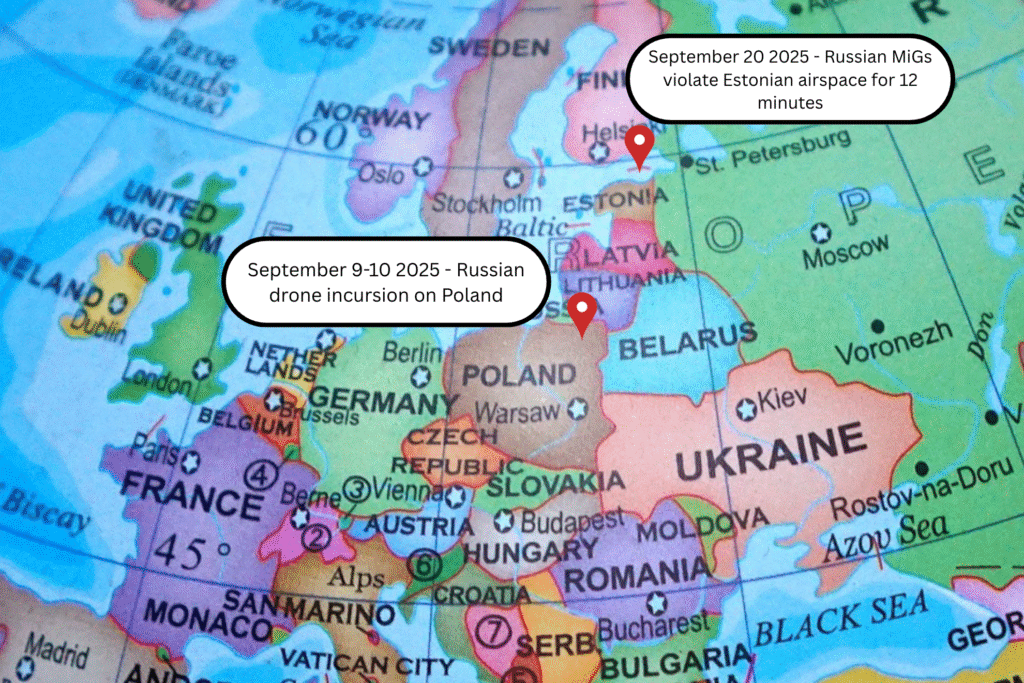
Table of Contents
In recent days, the North Atlantic Treaty Organisation’s Articles 4 and 5 have been making headlines, specifically in the context of Russian violation of airspace in the NATO countries of Poland and Estonia, marking yet another worrying escalation in the Russia-Ukraine War.
So, let’s talk about it because even whispering the words “invoking NATO’s Article 5” should concern us all.
What is NATO?
The North Atlantic Treaty Organisation, known as NATO, was formed in the wake of the Cold War between the then-USSR and USA. It began with 12 member states: Belgium, Canada, Denmark, France, Iceland, Italy, Luxembourg, The Netherlands, Norway, Portugal, UK and USA. After the ‘end’ of the Cold War, there was a period of enlargement, where countries previously under the Soviet sphere of influence, and therefore signatories of the Warsaw Pact, joined NATO.
Today, it exists to safeguard the 32 member states and the world, ensuring security and freedom. NATO isn’t just about tanks and planes. It’s also about political consultation, cooperation, and making sure that if one member is threatened, the others stand with it – something which is at the heart of its articles.

Articles 4 and 5
Article 4
‘The Parties will consult together whenever, in the opinion of any of them, the territorial integrity, political independence or security of any of the Parties is threatened.‘
Article 4 basically If a NATO country feels threatened (even if there hasn’t been an attack yet), it can call the other members to sit down and discuss. Think of it as a “let’s talk, I’m worried” button. It doesn’t automatically mean military action, but it opens the door to political consultations and joint planning. For example, when Russia invaded Ukraine in 2022, several NATO countries (like Poland and the Baltic states) invoked Article 4 because they felt their own security was at risk.
Article 5
‘The Parties agree that an armed attack against one or more of them in Europe or North America shall be considered an attack against them all and consequently they agree that, if such an armed attack occurs, each of them, in exercise of the right of individual or collective self-defence recognised by Article 51 of the Charter of the United Nations, will assist the Party or Parties so attacked by taking forthwith, individually and in concert with the other Parties, such action as it deems necessary, including the use of armed force, to restore and maintain the security of the North Atlantic area.
Any such armed attack and all measures taken as a result thereof shall immediately be reported to the Security Council. Such measures shall be terminated when the Security Council has taken the measures necessary to restore and maintain international peace and security ‘.
Essentially, NATO’s Article 5 This is the famous “all for one, one for all” clause. If one NATO member is attacked with armed force, the others treat it as an attack on all of them. Each member then decides how to help, it could be sending troops, supplying weapons, sharing intelligence, or providing other support. After the 9/11 terrorist attacks, the U.S. invoked Article 5 for the first (and so far only) time. Other NATO members supported the U.S., including by deploying forces to Afghanistan.
Why could NATO’s Article 5 be invoked?
Well, simply put, Russia violated both Polish and Estonian airspace. This could be construed as the ‘armed attack’ mentioned in NATO’s Article 5. However, this wildly important piece of international law is shockingly vague. After all, what is an armed attack? Does it have to be the rolling in of tanks or could it be a seemingly ‘accidental’ violation of airspace. Either way, the message from Russia is the same – the waters are being tested. Whether Putin will actually take a dip in the cold waters of the Baltic is uncertain but highly unlikely. Such games have long been a part of Russia’s playbook and are likely just attempts to draw attention away from work towards peace in Ukraine.

NATO’s Article 5 has only been invoked once in the past – by the Bush administration post-9/11 as they claimed it had been an armed attack on the territory of the USA. However, this was a particularly difficult situation politically for the rest of the NATO members who, under the watchful eye of the world, had no move but to pledge military back up as a result of public and political pressure.
Furthermore, it was previously not considered that an ‘armed attack’ could be carried by a non-state body, like Al-Qaeda. So, the unpredictability of the only time NATO’s Article 5 has been invoked brings into question what are the requirements for it to be used? Will country’s actually pledge their own military assistance if not faced by mountains of political and public scrutiny? Well, let’s hope we never find out!

